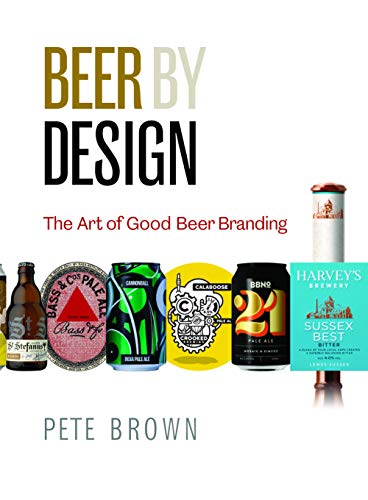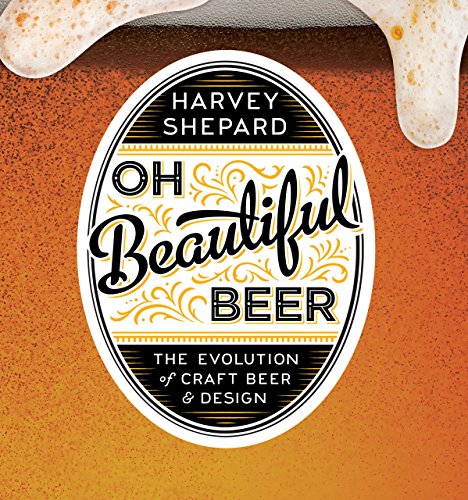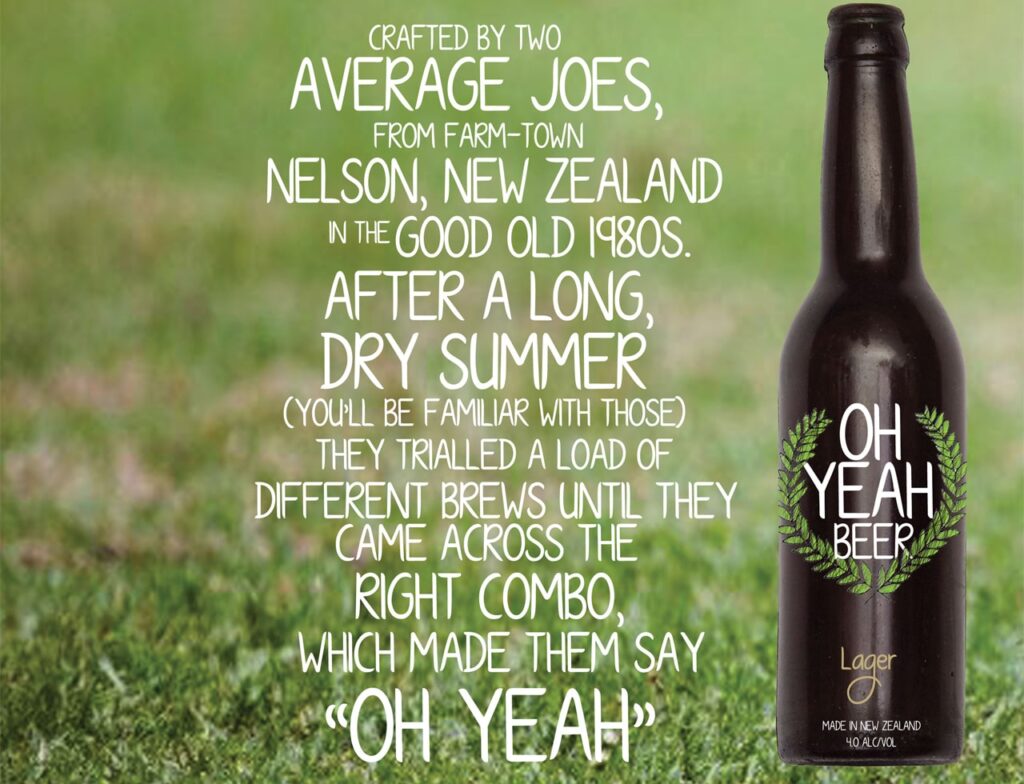
16 Feb Beer Branding Strategy: 4 Key Steps To Building A Global Beer Brand
Beer Branding Strategy: 4 Key Steps To Building A Global Beer Brand
Beer is big business, and there are many success stories in which independent brands have grown to a globally dominant position in a few short years.
While the product is obviously crucial in this context, the way branding is handled impacts sales growth in the long term.
With that in mind, let’s look at some of the steps involved in turning a niche beer brand into a household name.
1 – Start with your story

Brewing beer is not unique, but the chances are that the story behind your brand is at least a little unique. If you can use it as leverage to gain traction with customers who have never encountered your products before, all the better.
You don’t need to explain everything on your labelling, but if you can hint at the history and values of your brand in this context and provide more detail via your website and social feeds, this will show the human side of your business.
2 – Get the logo right
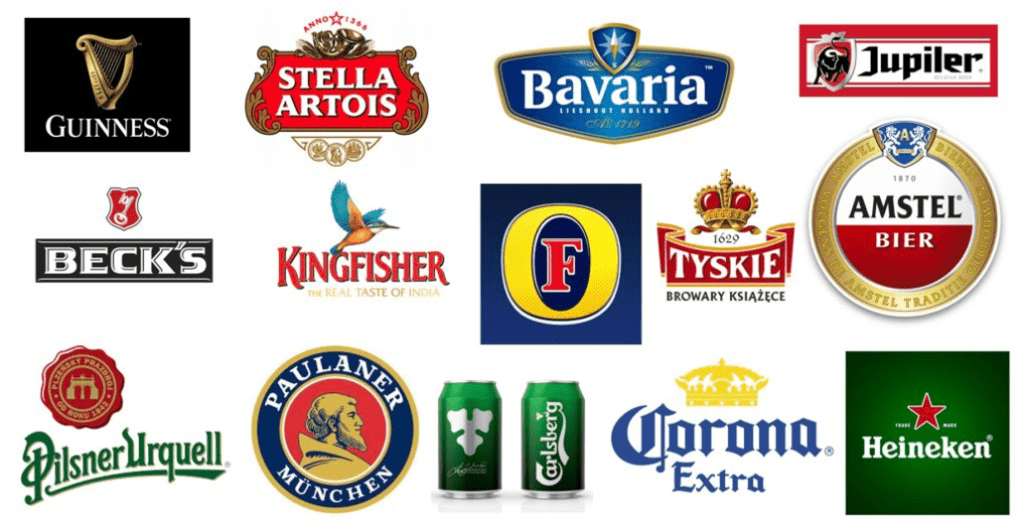
Many of the world’s most well-known beer brands can be boiled down to a single logo. You need one that will stand out at the bar and represent your brand identity effectively.
The proper brewery and beer logos also have to be consistent. Using the same font and colour scheme across different pump clips as your product range expands will breed familiarity among your fledgling fan base. If you don’t have a unified aesthetic, people won’t get to know your brand in the first place.
3 – Find a problem to solve
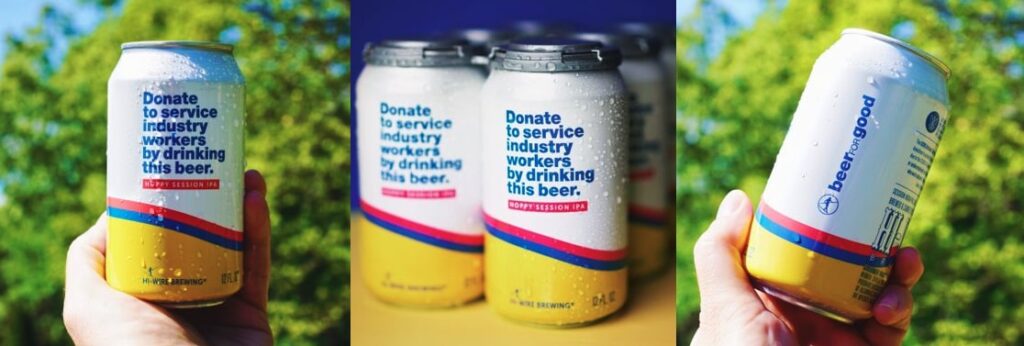
One of the main challenges when building a global beer brand is standing out from the crowd enough to get that all-important early traction.
Unless you already have significant backing and lots of marketing clout to call upon, the only way to achieve this is by solving a unique problem or filling a specific niche that is as-yet untapped.
Some brands grow by doing the same things as their established competitors but doing them better at the same or lower price point.
Instead, some brands aim for supreme quality or outright outlandishness, providing premium products in a different price bracket to most mass-market brands.
Whatever the case, if you can see a gap in the market or a lack of innovation, then aim for it. Also, consider how easily other brands might follow suit and factor this into your branding efforts.
- Pete Brown (Author)
- English (Publication Language)
- 11/19/2020 (Publication Date) – CAMRA Books (Publisher)
4 – Build a brick and mortar presence
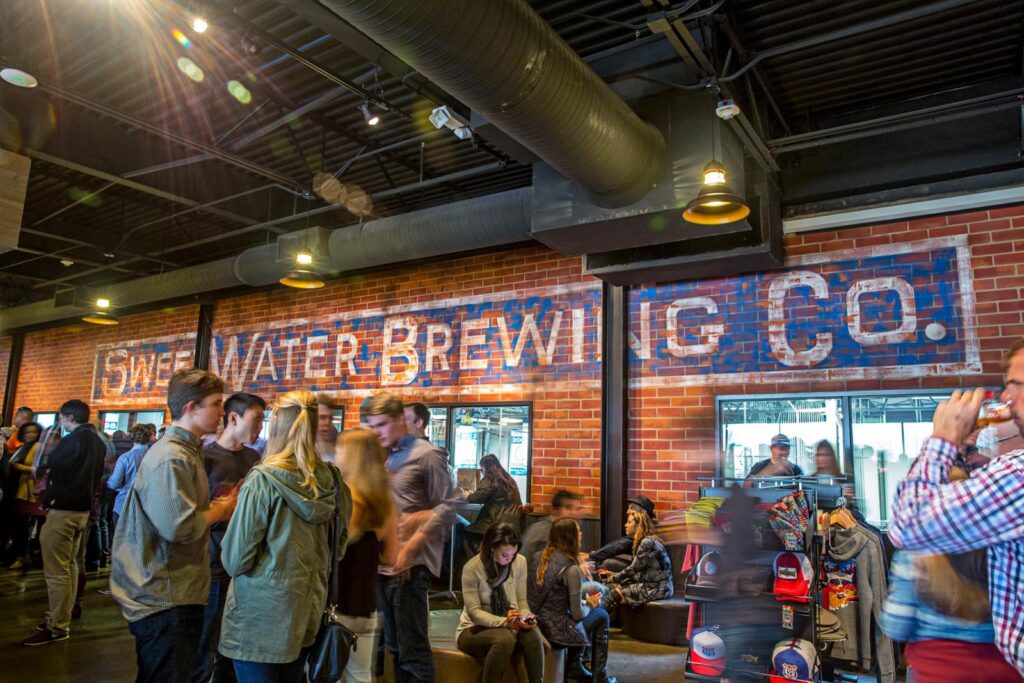
It’s perfectly possible to get a beer brand off the ground by selling it to third parties and distributing it globally as part of existing distribution networks.
However, many emergent brands in recent years have taken to setting up physical premises that act as a kind of showcase for what they can do and what they represent.
Running venues tailored to showcase your products in the best possible light and emphasising the ethos of your business and brand is a way not only of connecting with customers and getting word of mouth recommendations but also of setting out your stall showing others you mean business.
Ultimately you may need to partner with established organisations to overcome the logistical hurdles always involved with launching any beverage brand. However, if you play your cards right, you could still hold onto independence.
This could be crucial, primarily if a cornerstone of your brand’s story is based on the fact that you are untarnished by corporate connections.
- Amazon Kindle Edition
- Shepard, Harvey (Author)
- English (Publication Language)
- 331 Pages – 10/05/2015 (Publication Date) – Countryman Press (Publisher)
The post Beer Branding Strategy: 4 Key Steps To Building A Global Beer Brand is by Stuart and appeared first on Inkbot Design.



